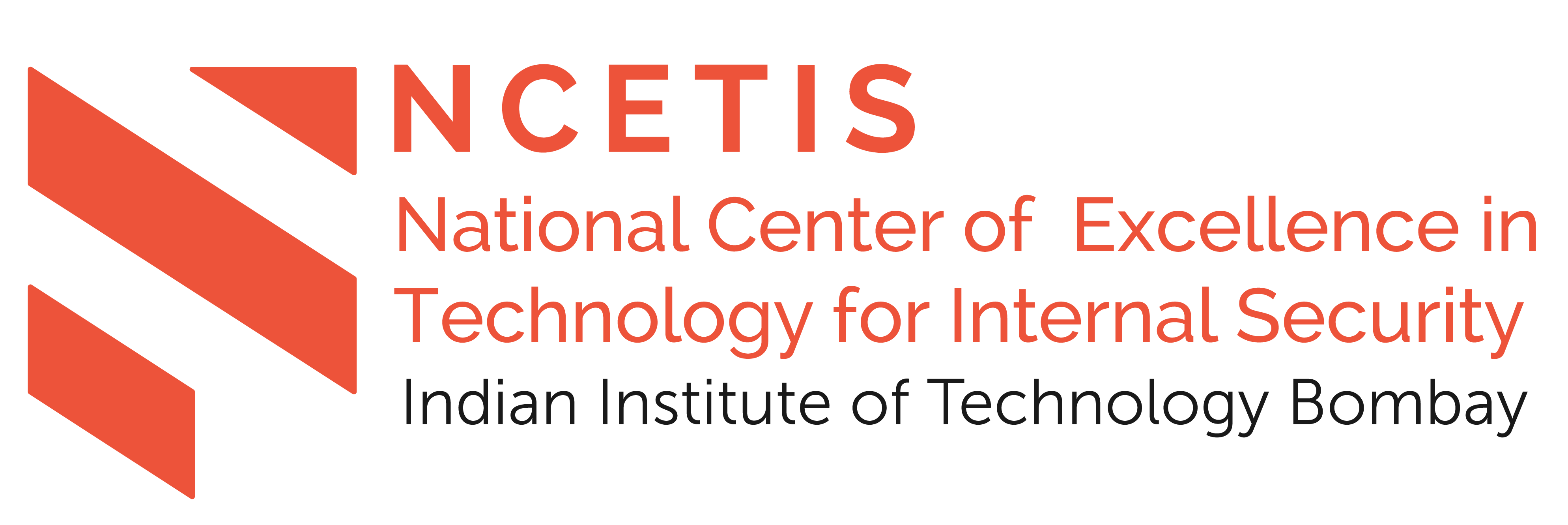Digital Security Threats & Risks to the Global Supply Chain Management
By Mr. Jasbir Singh Solanki, CEO-Homeland and Cyber Security Division, Mahindra Defence Systems Limited.
Abstract:
Objective: Highlight the growing global supply chain challenges digital businesses face and a series of recommendations so they can stay ahead of the curve.
Overview: Companies of all shapes and sizes, across different industries and geographic regions, are marching inexorably toward becoming digital businesses. This progress, of course, carries many benefits — efficiencies in productivity, cost savings, better customer experience and connections, and competitive advantages. However, the growing dependence on digital technologies, while in many ways necessary and beneficial, also exposes Global Supply Chains to the supply chain’s “information” components. One of the most serious supply chain risks – the “Cyber Attack” – can come from anywhere at any time, can be more destructive than some forms of natural disasters, and can lead to operational, financial, and reputational damages that cannot be recovered or repaired. With every element of a company’s business processes – design requirements, orders, production schedules, invoicing, payment, intellectual property, etc. – traversing global electronic networks and residing within multiple databases both internally and with third-party providers, the level of risk has increased dramatically. Today, whether the organization is a manufacturer of raw materials, finished goods, or a supplier of services, every aspect of an organization’s supply chain is exposed to the various types and the increasing number of cyberattacks and most supply chain management functions, even in the most advanced companies, are ill-equipped to address this core issue.
Key Challenges:
The factors that contribute to increased supply chain risk include-
– The growing volume and severity of cyberattacks originating from individuals, organizations, and government agencies
– Complacency and/or inability of both the purchasing company and the supplier(s) in monitoring and assessing real-time/current cyber risk
– Increasing sophistication of cyber attackers – some of whom are working on behalf of foreign governments
– Increasing boldness of cyber attackers due to the inability to identify and prosecute
– Change in a company’s level of risk tolerance
Recommendations:
Supply chain leaders responsible for digital innovation-
– Focus on an integrated digital security approach to the supply chain, which looks holistically across IT and data, product, and operations-related technology.
– Ensure proper IT and SC risk governance and collaboration are in place to assess and identify vulnerable areas, and also to stay abreast of the latest threats and the success rates of mitigation techniques.
– Collaborate closely with IT, R&D, engineering, product management and marketing, and other groups — focusing on the supply chain’s role in the new product introduction (NPI)/new product development (NPD) process and sourcing — to address product security.
– Determine what capabilities you should already have in place, what you should be working on now, and what you need to be working on in the future to remain diligent about the digital security threat.
